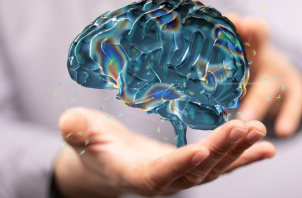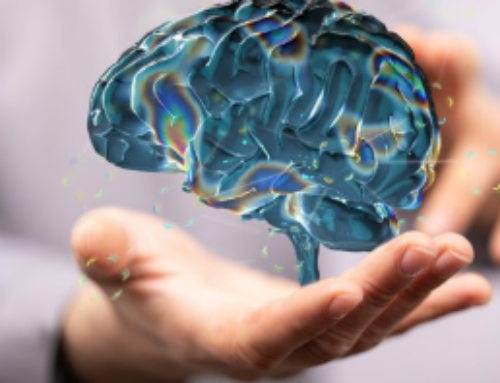Highlights from the National Conference on Alcohol & Addiction Disorders
Earlier this month, our Vice President of Clinical Development – Romas Buivydas, PhD, LMHC – joined other industry experts at the National Conference on Alcohol & Addiction Disorders’ panel series to discuss opioids and stimulants, and how to treat what some are calling a “twin epidemic.”
In New England, we’ve recently seen a spike in cocaine and methamphetamine use. While the opioid epidemic dominates headlines, the use of stimulants – whether used concurrently with opioids or on their own – is quickly becoming an issue of concern once more.
Here are some key take-aways from the panel discussion:
- Perceptions play a role: Some individuals may misguidedly assume that stimulants are “safer,” given that people tend to overdose more frequently on opioids. For example, college students often use stimulants to, at least in their minds, boost their academic performance. Although many abused stimulants are prescribed, those that aren’t are still viewed as being safer because they are approved medications, unlike heroin or fentanyl.
- Trauma does, too: 85 percent of people with substance use disorders have experienced trauma in their lives. Every mental health counselor and addiction clinician should be trained in co-occurring disorders (i.e., the dual diagnosis of at least one psychiatric disorder and at least one substance use disorder occurring simultaneously).
- It’s easier to miss: The effects of stimulant misuse, such as weight loss, dilated pupils and runny nose, can be confused with the symptoms of other health issues, and therefore the exact cause may go undetected.
If you’re struggling with substance abuse of any kind, reach out today. We’re available at (844) 233-6372 or on our new chat box feature on the homepage.










